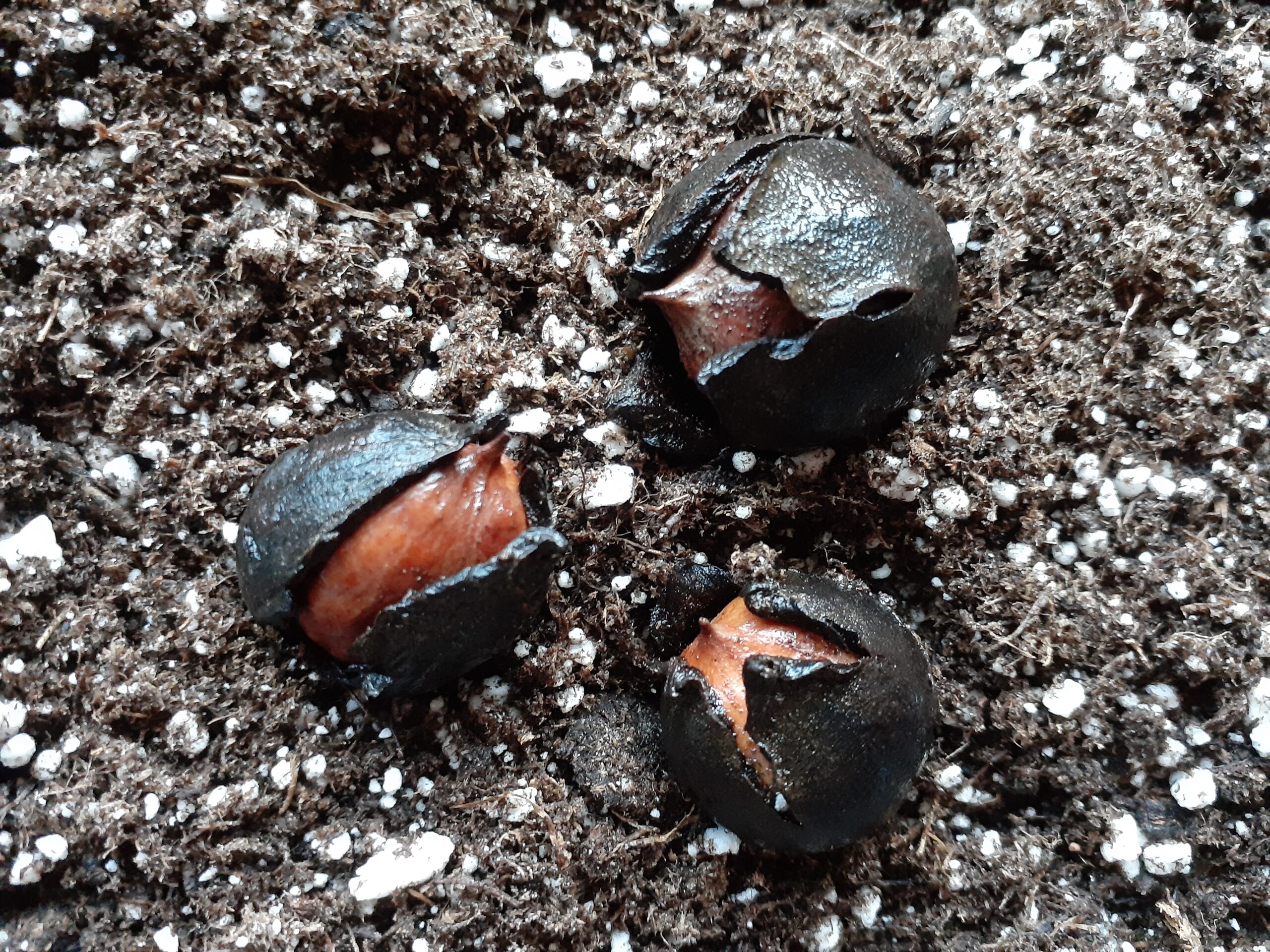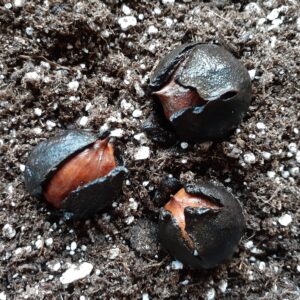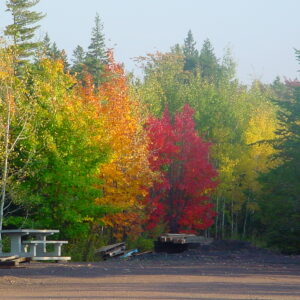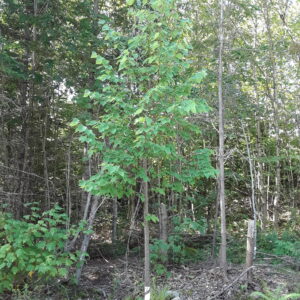Bitternut Hickory
(Swamp Hickory)
Carya Cordiformis
The most abundant Canadian hickory found naturally in Southern Ontario and Quebec and the choice wood for smoking meats. Like all hickory species, it grows slowly and will be better enjoyed by future generations. One of the hardest hardwoods in North America. As the name suggests, the nuts of this hickory species are unpalatable to humans. Large, terminal winter buds are an attractive mustard-yellow colour. Tree parts produce a small amount of the chemical juglone that inhibit growth of some plants in the root zone. The quantity of juglone is significantly less than that of a walnut tree. Hickories have both male and female flowers on the same tree and are wind pollinated. Planting two or more trees will improve seed crop quantity through cross pollination. Mast seed crop every 3 to 5 years. Develops a strong taproot that can make it tricky to transplant.
Additional information
| Foliage | Deciduous |
|---|---|
| Locale | Native to North America |
| Height | Large (60-100ft) |
| Width | Wide |
| Form | Oval |
| Growth Rate | Slow |
| Longevity | Long (over 100 years) |
| Hardiness Zones * | 4, 5 |
| Sun Exposure | Full Sun (over 6 hrs), Mostly Shade (slow growth), Partial Sun (4 to 6 hrs) |
| Soil Preferences * | Moist, Slightly Acidic, Well Draining |
| Soil Tolerances | Dry, Slightly Alkaline |
| Other Tolerances | Occasional Drought |
| Ornamental Interest | Buds |
| Wildlife Value | Birds (fruits/seeds), Butterfly Larvae (leaves), Small Mammals (fruits/seeds) |
| Human Value | Carpentry (wood), Fuel (wood) |
| Seed Collection | Ordered Online |
| Planting Considerations | Allelopathic, Messy Leaf Litter, Messy Seed Litter, Tricky to Transplant |



















